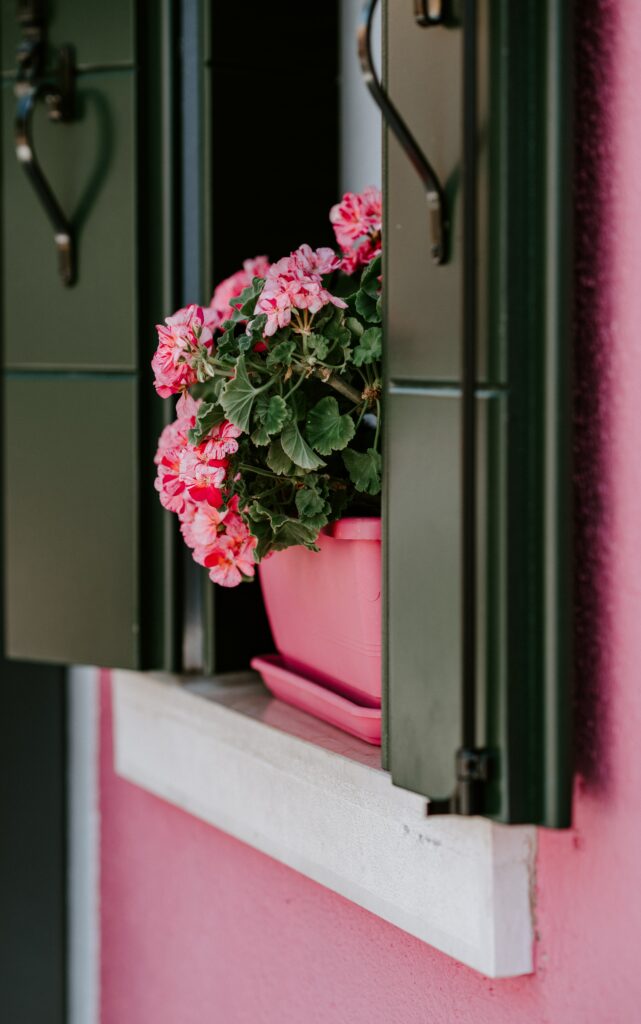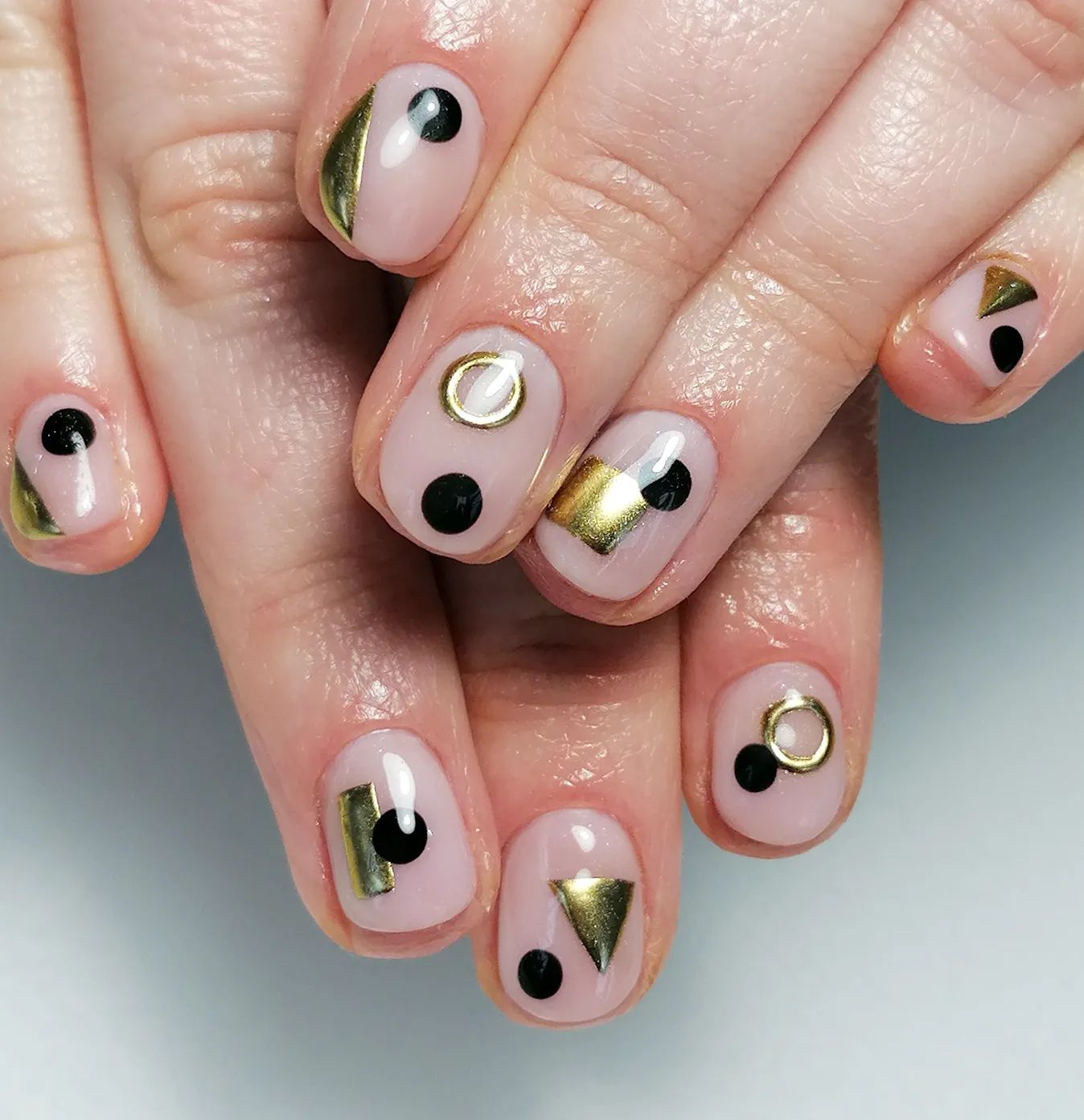Picture this: you’re sipping your morning coffee, the sun is just beginning to peek over the horizon, and your eye is drawn to the burst of colors outside your window. It’s your window flower box, a mini Eden that uplifts your spirit, even on the dreariest of days.
Such is the magic of these small but mighty gardening wonders.
Now, window flower boxes may seem like a simple decoration, but they can actually impact your well-being significantly. A well-maintained box of flora not only pretties up your exterior, but can also create a healthier living space, both physically and emotionally.
But how do you ensure that these plant-filled boxes stay vibrant all year round? Well, you’ll find out here.

Initial Setup For Success
Setting up your window flower box might seem daunting, but it’s easier than you think. The key lies in selecting the right box, finding the perfect spot, and choosing compatible plants.
- Picking The Right Window Box
When choosing your window box, material choice is key. Plastic or resin boxes are lightweight and resist rot, but they can become brittle over time. Wooden boxes have a classic look and are often cedar or redwood for their rot-resistant qualities. Metal boxes, particularly aluminum ones, resist rust and are also lightweight.
As for size, most window boxes are 6-9 inches wide and deep, providing ample space for your plants’ roots. However, always measure your window first to ensure a perfect fit.
- Choosing The Best Location For Sunlight
If you’re growing sun-loving plants like petunias or geraniums, choose a south-facing window. On the other hand, impatiens or ferns prefer shade and would do well in north-facing windows. If you have east or west-facing windows, these accommodate a wide variety of plants as they offer moderate light conditions.
- Selecting Compatible Plants
Choosing the right plants is essential. For example, if your window box is in full sun, consider pairing trailing verbena with marigolds and sweet alyssum. If your box is in shade, a combination of coleus, impatiens, and trailing lobelia might work well.
Keep in mind, all plants in your box should have similar watering needs to ensure harmonious growth.
Essential Maintenance Practices
After setting up your window flower box, it’s crucial to maintain it properly. Here are some fundamental maintenance practices.
- Watering
Consider the water needs of your specific plants. Succulents and geraniums tolerate dry conditions, while ferns and impatiens prefer consistently moist soil. A good strategy is to water thoroughly and then allow the top inch of soil to dry out before watering again. For an easy and consistent watering routine, consider installing a drip irrigation system designed for window boxes.
- Pruning
Regular pruning encourages fuller, healthier growth. When it comes to flowering plants like petunias or geraniums, deadheading (removing spent blooms) encourages more flowers to grow. For plants like coleus or sweet potato vine, pinching back the stems promotes a bushier growth habit.
- Feeding
Feeding your plants with a balanced fertilizer can be beneficial. A slow-release granular fertilizer can be mixed into the soil at planting time, providing nutrients throughout the growing season. Alternatively, you could use a liquid fertilizer, applied every two weeks or so. Just remember to follow the package instructions to avoid over-fertilizing.
Remember, the key to a thriving window flower box is understanding and meeting the specific needs of your chosen plants.
Understanding Plant Health
It’s vital to keep a keen eye on your plants’ health. Healthy plants typically have vibrant, robust foliage and steady growth. On the flip side, signs of an unhealthy plant might include yellowing leaves, stunted growth, or wilting. Another tell-tale sign can be leaf spots or blemishes, often a symptom of a disease or pest.
- Common Diseases And Pests In Window Flower Boxes
Unfortunately, plants in window boxes can still fall prey to diseases and pests. Fungi can cause diseases like powdery mildew or leaf spot, especially in damp conditions. Common pests can include aphids, which are tiny insects that suck plant juices, or spider mites, which can cause yellowing or browning of leaves.
- Effective Remedies For These Common Problems
For fungal diseases, fungicides are often effective, but ensuring good air circulation around your plants can also help prevent the problem. When dealing with pests, insecticidal soaps can be a good starting point, or for more severe infestations, a targeted pest control product may be necessary.
Keeping your plants healthy is a rewarding challenge that involves vigilant care and quick response to issues.
Seasonal Maintenance Tips
As the seasons change, so do your plants’ needs. In spring, focus on planting and providing ample water as your plants establish.
During the hot summer months, watering frequency might increase, and it’s a good time to feed your plants with fertilizer. In fall, start reducing watering and begin preparing your plants for winter.
For winter, consider moving hardy plants indoors, or use protective coverings for your outdoor boxes in harsh climates.
- Adapting Care Routines For Changing Seasons
Regularly check the soil moisture to adjust watering based on weather changes. Pruning should be increased in the growing season (spring and summer) and reduced in the dormant season (fall and winter).
Switch to a high-phosphorus fertilizer in early spring to promote blooming, while a balanced one can be used for the rest of the year.
- Suggestions For Seasonal Plant Varieties
Spring could be brightened by daffodils and primroses, while petunias and marigolds are summer favorites. Hardy cyclamen and winter pansies can add color in fall, and evergreen plants like boxwood can keep your window box lively through the winter.
Adapting to the seasons is a dynamic process that keeps your gardening experience interesting and your plants at their best.
Conclusion
In the end, the thrill of seeing your vibrant, healthy plants in a window flower box you maintained yourself is indescribably satisfying. It’s not just about the beauty of the plants. It’s about the journey of nurturing, the thrill of growth, and the pride in overcoming challenges.






